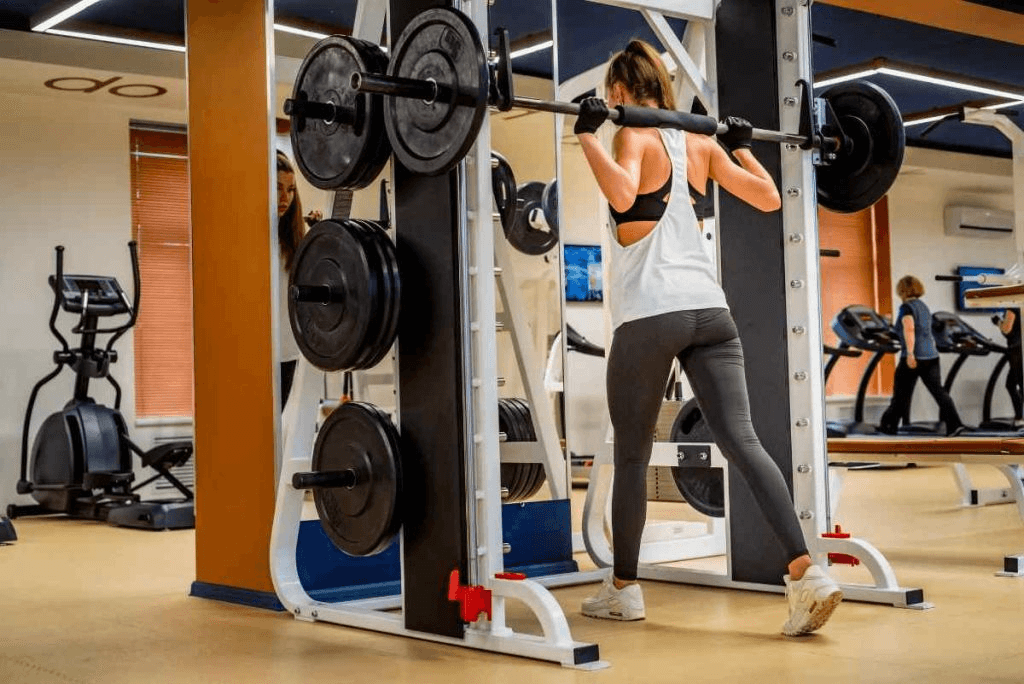Strength training isn’t just about lifting heavy weights—it’s about mastering your body. One timeless piece of equipment that stands out for building upper body strength is the dip bar. Whether you're training at home or in the gym, the right dip bar machine or dip bar equipment can transform your workouts and deliver results that go beyond aesthetics.
Why Dip Bars Deserve a Place in Every Workout
Dip bars are deceptively simple: a pair of parallel bars at chest height. But beneath that simplicity lies a powerhouse of functionality. They are among the most effective tools for developing chest, triceps, shoulders, and even core strength. With proper technique, you can also engage your back and lower body, making dip bar equipment one of the most versatile additions to any fitness routine.
What Is a Dip Bar Machine?
A dip bar machine typically refers to a structured piece of equipment that either assists or resists your bodyweight dips. There are two main categories:
-
Assisted Dip Bar Machines: Found in most gyms, these machines use a counterbalance weight or resistance bands to help beginners build strength progressively. They are excellent for learning proper form without risking injury.
-
Freestanding Dip Bar Machines: These are stand-alone setups that allow you to perform unassisted dips, often combined with pull-up stations or functional trainers for multi-purpose use.
For home gym owners, freestanding dip bar machines offer a compact, space-saving solution that replaces multiple bulky machines.
Choosing the Right Dip Bar Equipment
When investing in dip bar equipment, it’s crucial to consider your space, goals, and training level. Here’s what to look for:
-
Stability: A wobbling dip station can be dangerous. Choose equipment with a wide base and high-grade steel construction.
-
Adjustability: Height-adjustable bars accommodate different body sizes and allow for various exercises like knee raises and incline push-ups.
-
Weight Capacity: Always check the maximum weight limit, especially if you plan to use weighted vests or belts.
-
Grip Comfort: Padded or non-slip grips reduce strain on wrists and hands during intense sessions.
How Dip Bars Enhanced My Training Journey
Years ago, I hit a plateau with traditional weightlifting. I added a dip bar machine to my garage gym as a simple experiment. The result was eye-opening. Within weeks, I noticed fuller chest development, improved tricep definition, and better shoulder stability. Dips quickly became my go-to for upper body pushing strength. I learned firsthand how combining weighted dips with strict bodyweight variations can build raw, functional power. Even now, no matter how advanced my training becomes, dips remain a cornerstone of my program.
Benefits of Dip Bar Workouts
-
Muscle Density: Few exercises match dips for packing on dense, quality muscle mass.
-
Functional Strength: Dips train pushing mechanics used in sports and daily activities.
-
Joint Health: Controlled dips can improve shoulder mobility when performed with correct form.
-
Core Engagement: Every rep forces your core to stabilize your body, providing indirect abdominal training.
Conclusion: Dip Bars Are a Long-Term Investment in Strength
Dip bar equipment isn’t a fitness trend—it’s a proven tool for building lasting strength and physique. Whether you choose a full dip bar machine for versatility or a simple freestanding dip stand for space efficiency, your upper body will thank you. Consistency, proper technique, and progressive overload are key—paired with the right dip bar setup, these principles can deliver impressive results for years to come.










































Leave a comment
This site is protected by hCaptcha and the hCaptcha Privacy Policy and Terms of Service apply.